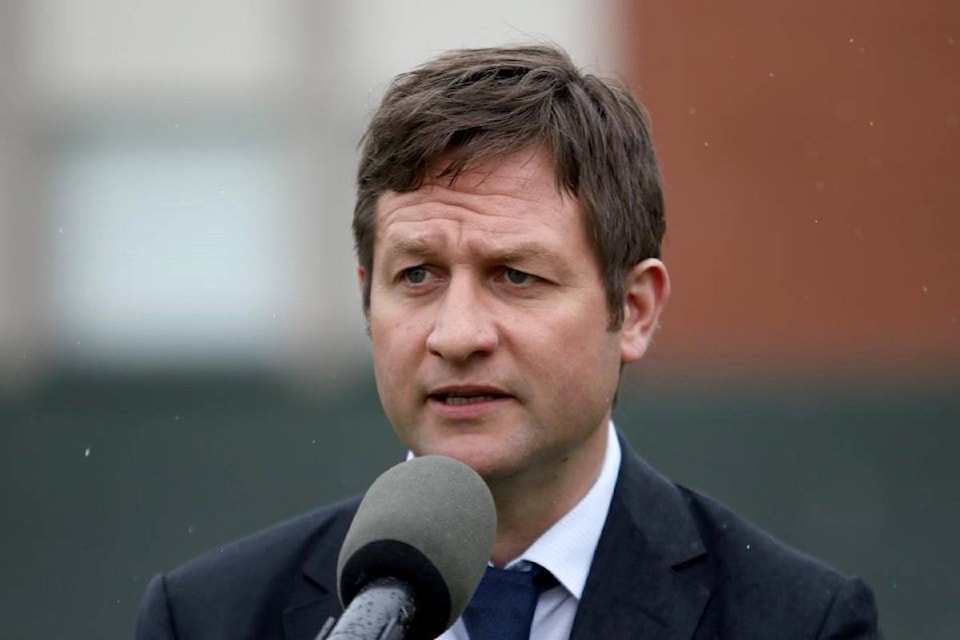Despite the provincial government’s announcement that it would allow districts the freedom to craft their own at-home learning options, there is little variation in the plans released by school districts across Metro Vancouver.
In an Aug. 26 press conference, Education Minister Rob Fleming announced that the government would support an online option for some students during the school restart.
However, what form that would take was up to local districts, Fleming said.
That change in policy – the province had been emphasizing a return to class for all students from mid-summer – left districts little time to devise plans.
The plans they came up with in the Lower Mainland have similar structures, resources, and almost all of them are named “Transition” or “Transitional” plans.
Langley’s is the Transition Support Model, Vancouver’s is dubbed the Learn From Home Transition Option, Surrey’s is called the Blended Transition Model, and Abbotsford’s is called the Transitional Model.
Almost all the plans include a mixture of at-home learning with at least some in-class time during the week, and do not allow students a full at-home option.
The statements put out by the various districts also use similar wording in the plans released late last week to parents.
Langley’s plan talks about the gradual return to class this way: “The purpose of the model is to gradually increase in-class learning and keep students enrolled and connected to their existing school.”
Abbotsford’s plan says: “The intent of this program is to gradually increase the amount of face-to-face learning in support of a gradual transition to full-time in-class instruction, while allowing students to remain enrolled at their registered school.”
Surrey’s plan also uses similar phrasing: “This blended learning option is a combination of online and face-to-face learning through your local school, with a goal of gradually increasing face-to-face instruction.”
Langley School District was asked why the many plans were so similar and provided this statement through a spokesperson:
“Our district takes direction from the Ministry of Education and the Provincial Health Office and we ensure we meet health and safety guidelines. We are continuing to work on plans that meet the needs of our families. When planning, our staff share education best practices and information with the Ministry and colleagues in other school districts, this includes elements of our Transition Support Model. Our district develops plans that are supporting students and their families specifically in the Langley School District.
The Ministry of Education was asked why so many local plans are similar, and whether the ministry had provided a template of some kind.
The statement sent in response emphasized that Fleming had given school districts the “flexibility, funding certainty and the tools to find solutions that work best for families who require alternative, remote learning options that keep students connected to their school community.”
“Vancouver and Surrey school districts were among the first to publicly share detailed options with families,” the ministry statement said. “And some school districts also worked together to plan, particularly within regions, which means they may end up with similar elements in their plans.”
